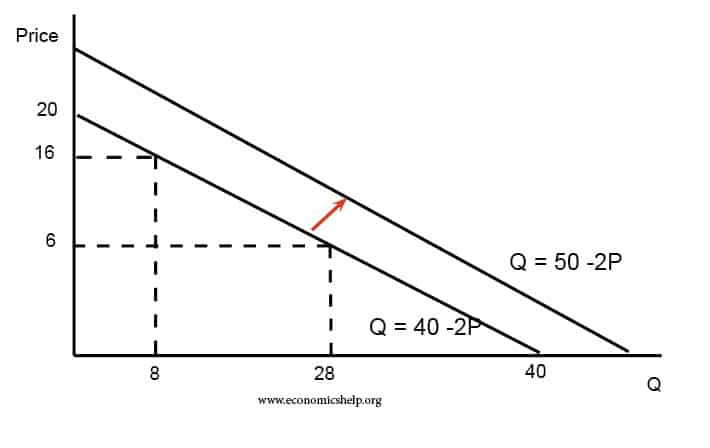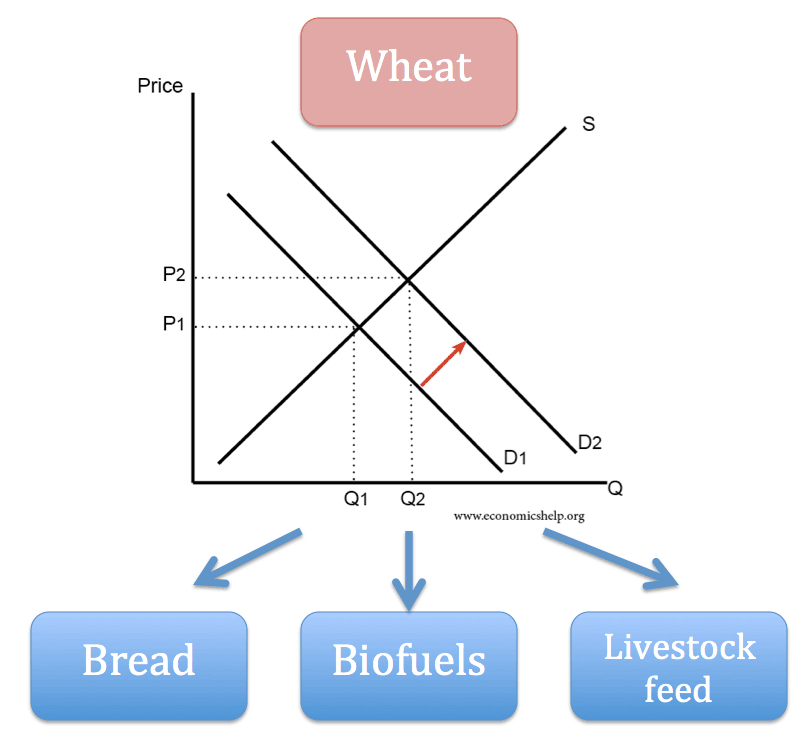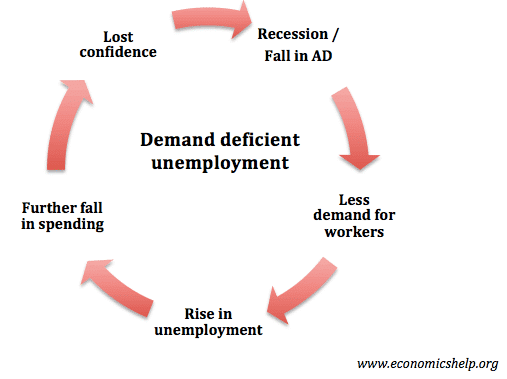Demand curve formula
The demand curve shows the amount of goods consumers are willing to buy at each market price. A linear demand curve can be plotted using the following equation. Qd = a – b(P) Q = quantity demand a = all factors affecting QD other than price (e.g. income, fashion) b = slope of the demand …




